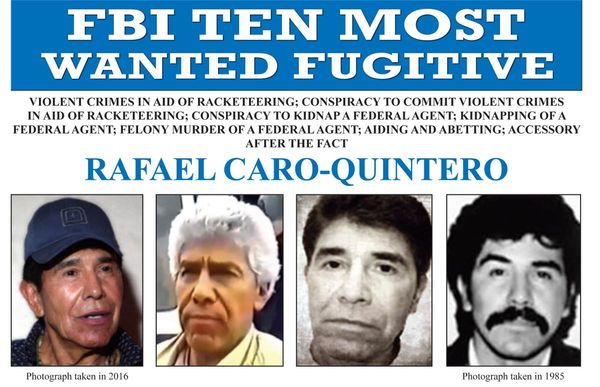
The utopian architect and activist Roland Castro, who fought what he called "urban apartheid" in France's working-class suburbs (banlieues), has died in Paris aged 82. A Maoist during the May 1968 protests, he later swung behind centrist Emmanuel Macron.
Roland Castro's family announced his death on Thursday evening.
"He died peacefully, surrounded by his family, in a Parisian hospital," his daughter Elisabeth Castro said.
Born into a Jewish family in 1940 in Limoges during WWII, Castro spent his early years in hiding with his parents to avoid deportation under the Vichy regime.
Communists of French Resistance helped keep them out of sight.
He later said that experience had left with an "existential debt to France".
"Architecture, the banlieues, there's been no lack of causes; everything [I've done] has been a pretext for settling this debt," he once said.
Maoist and spontaneous
In 1958 he began studying at the Paris Beaux-Arts school of architecture and joined the Union of Communist Students.
He was expelled from the union in 1965 after criticising Stalinism, and turned to Maoism.
As a prominent figure in the May 1968 student protests, he founded the Maoist group Vive la révolution (VLR) and the journal Tout! Ce que nous voulons: tout! (Everything! What we want: everything).
"This small group was never a massive movement, but it had a profound influence on French society," says professor of architecture Jean-Louis Violeau, author of a book on the architects of May 68.
Tout! published the first writings of France's MLF (Women's Liberation Movement), Violeau told RFI, and it dedicated one of its first editions to the Homosexual Front for Revolutionary Action (FHAR).
"These two movements gathered at the Beaux-Arts school of architecture, they converged in leftist potluck suppers called 'Mao-Spontex' – shorthand for Maoist and spontaneous."
Planting beauty
Castro believed that buildings only functioned "when they gave the person living in them a good impression of themselves" and he worked to end what he called "urban apartheid" between the capital and its poorer, high-immigrant banlieues.
In 1983, he co-founded the "Banlieues 89" collective with urban planner Michel Cantal-Dupart aimed at combatting social exclusion by improving poor housing.
Two of its best-known projects were the renovation of Cité de la bande dessinée (comic strip museum) in Angoulême in 1990, and the Bourse du travail (stock exchange building) in Saint-Denis, north of Paris, in 1983.
"Banlieues 89" were given more than 200 projects to work on, but the plans fizzled out due to lack of government funding.

Castro did help improve some run-down housing estates on the outskirts of Paris, including La Caravelle in 1998.
"We need to build a Greater Paris based on solidarity," he said. "That means breaking the isolation of towns on the Paris outskirts, linking them up and renovating them.
"We need to plant some beauty where there is now mostly ugliness," he said in 2009.

Castro's buildings used asymetrical lines, combined wood and concrete, tended to be white and integrated lush green plants into facades.
His designs were often grafted onto existing constructions.
In an interview with the review Urbanisme in 2021 he said he regretted nothing, but had often felt he'd had to "fight to get an opera or big public building", and was seen as someone who simply repaired, transformed or remodelled.
Lacan influence
Castro spent seven years in psychoanalysis under Jacques Lacan.
"He was one of the rare French architects to try and transfer Lacanian concepts in his architecture," says Jean-Louis Voileau.
"Castro used words like unconscious, transfer, repetition and tried to transfer them to architecture and understand more generally how things connect in cities."
'Legend of architecture and urbanism'
In 2007, Castro founded his own party – "The Movement for Concrete Utopia" – and tried to run in the presidential elections.
Its manifesto consisted of 89 proposals to bring people closer together, but he failed to garner enough backing and he pulled out.
For the 2017 presidential elections, Castro came out in support of President Emmanuel Macron.
Responding to the architect's death, Macron wrote on Twitter: "Legend of architecture and urbanism, visionary left-wing activist Roland Castro has left us.
"He left an indelible mark on our urban landscape [and was] an inspiration to our citizens. Goodbye and thank you, Roland."







